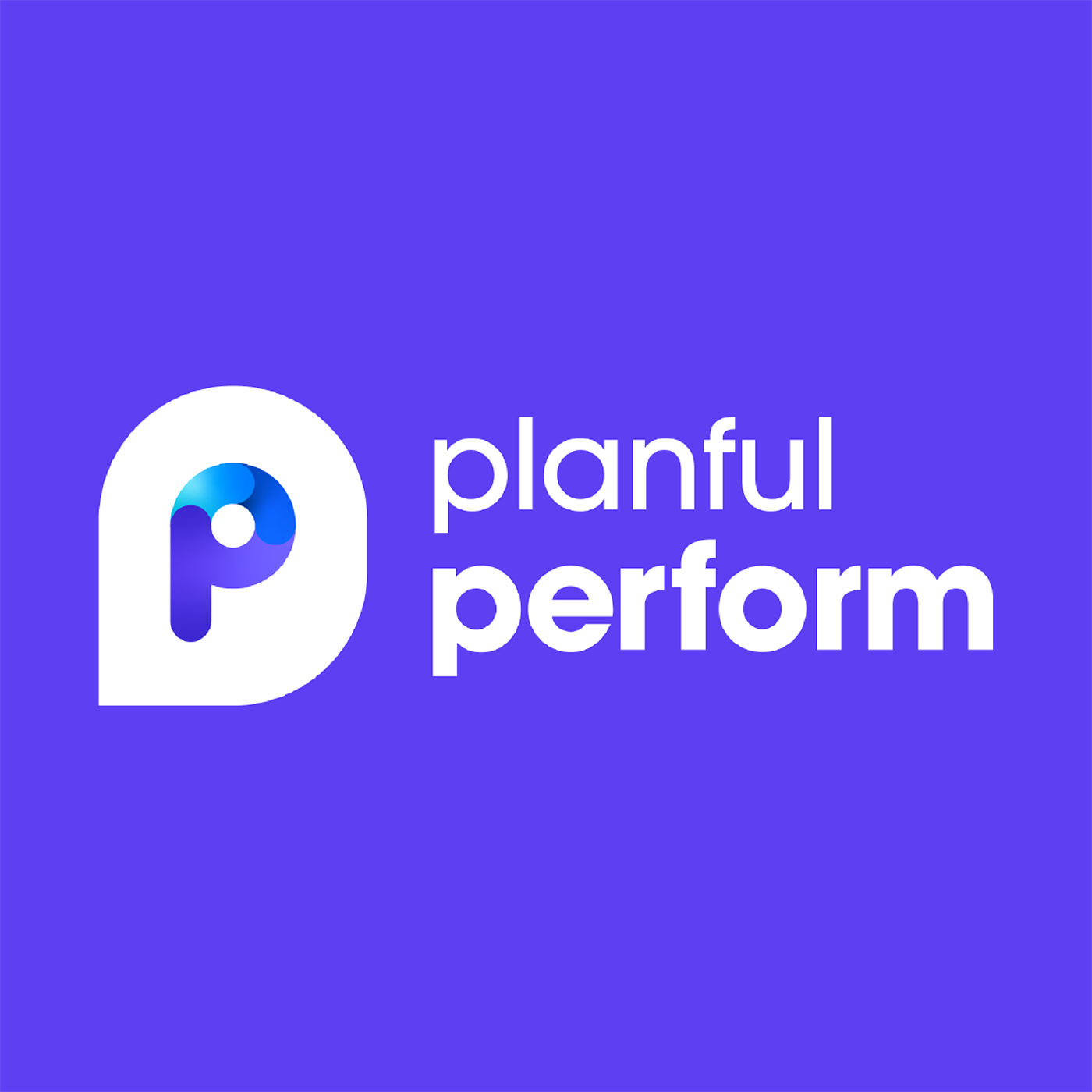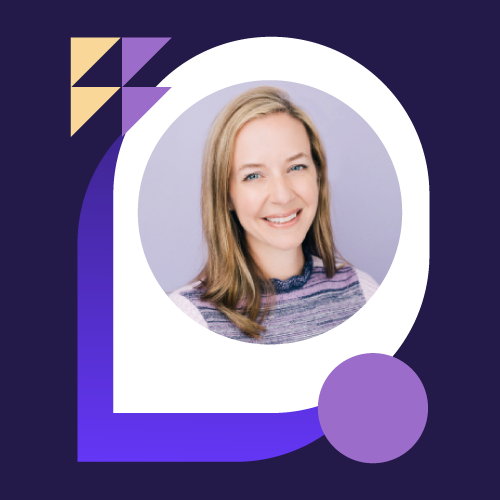Plan for Change With Rolling Forecasts with Ameesh Maru
- 0.5
- 1
- 1.25
- 1.5
- 1.75
- 2
Ameesh Maru: Today we're going to talk about planning through change using rolling forecast. As we reflect on recent years in fluctuating market conditions and our ability to do target setting, FP& A has a very difficult task. We have to gather all those inputs for the business, communicate those out, and figure out where we're actually going to land. When you think about that old process of annual planning, we're trying to achieve a few key things. We're trying to put a stake in the ground as to where we think we may land. We want to create accountability through collaboration and getting more people involved in that process. We're really trying to understand those levers and mechanics of what's going on in our business. We want to be able to flex the business for changing market conditions and volatility. The biggest problem with changing conditions is the accuracy of that annual plan that we just did becomes irrelevant almost immediately. By the time you complete that two to three month process of getting all that stuff together, getting all the approvals, changing your targets from this to that, by the time you do that, everything's already shifted. By the end of that, your plan is irrelevant. Today we're going to talk about how Planful really helps you build that continuous plan that adapts to your business as your business changes. Giving you more accurate insights as well as what the current business performance may look like. As you see, rolling forecast increase your agility and keep you focused on your strategic goals. Just a little bit about me. My name is Ameesh Maru, as Trish mentioned. inaudible working on various corporate finance teams, as well as in FP& A roles. I've implemented the Planful solution at a couple places that I was at to help automate our financial planning process. For the last couple years, I've actually spent time at Planful helping inaudible needs into a solution that's successful. Today we're going to talk about rolling forecast. In our agenda, we're going to talk about why rolling forecast. We're going to talk about accelerating that decision making with rolling forecast. We'll go through a little bit of a demo for you today. When we talk about rolling forecast, why? Right? Rolling forecast really allow an organization to do a couple things. Elevate that financial IQ to keep an eye on your strategic initiatives. We want you to provide that flexibility to iterate on those targets through an agile process. Be more connected and collaborative with your business. Spending less time on manual activities such as aggregation of data, and more time with your business leaders to understand how things are trending and work through what the trajectory of the business really is. Rolling forecast really replace that annual planning cycle with continuous planning process, which results in more regular business reviews. It helps us look at the future and iterate on what's going on there. These reviews really enable our managers to understand the problems and challenges a lot sooner than you would with an annual planning cycle. Improve on that proactive approach to making decisions quickly and really moving at the speed of business. We talk about people that have adopted that rolling forecasting process. When we think about companies that have 62% of companies inaudible two rolling forecasts. However, surprisingly they haven't really unlocked the full power of what that rolling forecast is. Continuous planning, we'll talk about this a few different times, but continuous planning really allows us to adopt that rolling forecasting process. It really puts finance in that driver's seat, modernizing how the business does target setting and comparing those targets to what's actually going on. Expanding that visibility beyond just finance to more operational areas, such as sales and marketing. Broadening that business engagement that we're looking for and creating that continuous cycle. That happens where finance really acts as that hub and partnered with the business driving more impactful decision making. That's really the context behind our session today. We're going to get into the demo. Let's go take a look at how that works within Planful. We should see a dashboard up on the screen here. Dashboards in Planful are really something that we can review first thing in the morning with our cup of coffee. They're meant to be tailored to the audience of your choice. If we're talking about finance people or executives, KPI specific to their needs. Everything within Planful, especially dashboards and reporting can have user security and access around them. When we want a finance member to look at their specific information or individual department owners to see their own information, we can have dashboards tailored to that specific audience. You'll notice here in the platform, we have KPI specific to whatever the need is that you need to be looking at. If it's a net income percentage or an average selling price or an FTE account, so financial, as well as non- financial KPIs. All of our dashboards are very easy to configure within Planful. But as I'm reviewing this dashboard, I may want to use this as a way to get a snapshot of my business, right? I'm reviewing my forecast, for example, in my opex comparison here. I'm comparing a couple different scenarios, maybe my plan and my March forecast, as well as my actuals. I may want to dig into this. I noticed something in Q2. I can actually click on that and get down to that lower level detail. This allows me to very quickly understand what's going on in my specific dashboard. I can also take that a step further into my forecast and get down to exactly what's driving that number. Planful, at the end of the day is a connected platform so I can quickly see what's driving that value in my template. The system will automatically actually take me to exactly what that detail is. If that's by specific vendor or the individual accounts that I'm actually planning at. Right here, I can quickly see that this 2. 5 million potentially looks like an error. I may need to go understand what's going on in that specific template. I can actually go straight to exactly where that's being planned within Planful. The system automatically going to take me to that template where that value is being planned for me to be able to make that adjustment. Now within Planful we've landed in that input template here. We're working in our March forecast scenario. This is going to look and feel very much like a spreadsheet. This has all been done by design for people coming off of that, potentially that Excel environment or migrating off of another system. This is all meant for easy user adoption. You know what, the one beautiful thing about Planful is that you have that power of the database behind you. When I'm looking at this specific scenario, my March forecast scenario. First thing you'll notice is I've actually layered in my actuals through the first three periods. I've actually preceded this scenario with my actuals. We'll get into what that means from a rolling forecasting perspective. I also have my historical information available to me within the template, if I ever need to have that as a reference, but you'll also notice that I've actually preceded the rest of the year in this specific forecast with my latest forecast. This is really how we start to iterate on that rolling forecasting process where I'm able to quickly make a copy of a specific scenario and precede my actuals in there. I don't have to go rebuild an Excel model. I don't have to go retie out my numbers. The Planful system is going to do that for me automatically. Now, as I'm reviewing this specific template, I can immediately see why that number is at 2. 5 million. Maybe it was somebody that had fat fingered a number or somebody that had type this inaccurately. I can go ahead and change that really quickly. Now, another beautiful thing about the Planful system is that as we look at the logic used or the calculations being done in Planful, it's all going to be Excel syntax. If I ever wanted to write an average formula or if I ever wanted to do something that is in Excel formula within my template, once again, I can do that really quickly. This has all been done by design to give the finance user a really quick way to get up to speed in the Planful platform, as well as the non- finance user to have a place where they would feel inaudible to input their numbers and what have you. I put my numbers in. Maybe I want to go provide a note just to say that I've made change. I made changes from 2. 5 million to 25K. I can have attachments in there as well if I wanted to. I'm going to go ahead and save that. Now I'm going to go save my template just so it reflects through the rest of my plan. It's really that easy to be able to do that. I'm going to jump out of this template really quickly just to spend a little bit of time on our scenarios. Rolling forecasting really, what it allows us to do is create that continuous cycle of seeing scenarios and adjusting the business as we see those scenarios. Planful really supports that ability to do that by automatically allowing us to copy scenarios to make those adjustments to our forecast. The system has that financial intelligence built- in to automatically roll those scenarios forward. If I'm looking at that March forecast currently, I can actually roll it forward to my April forecast. I'll go ahead and open up my April rolling forecast here just to give you a glimpse at what that looks like. I've already preceded this April forecast. Not only are my actuals already in through April as you can see, but my formula that I had written in here is already there providing that logic continuity for that specific line item. I'll go ahead push save here and jump out of that. Really, that is how we provide that rolling forecast forecasting process within Planful. You're able to use those scenarios to not only iterate on those, automatically load those actuals and automatically see those forward looking scenarios with your latest forecast or your budget. But then you have the ability to take all of that and then stack that up against each other to understand the impacts of those changes and how that's tracking month in, month out. I like to give a little bit of a customer story here because I was a previous customer. As a previous customer by myself, we only really had the ability to reforecast one time mid- year because of the manual nature of what it took to build up those forecasting models in Excel. Updating everything from my actuals to get it to flow over, building all of the detail around, what do I need as part of that process, really updating that model every time we wanted to do it. By the time I even started that forecasting process, you only really have a little bit of time to actually do the analysis around what it takes to get that done. When we implemented Planful at my previous company, we're able to quickly move to a monthly forecasting cycle. Because of the prebuilt nature of what Planful provides and organizing all of that planning process into a structured format where I could take any scenario, copy it over, preload my actuals, load my latest forecast, and really only focus on what the tweaks of the business needed to be, or have my budget owners go in and also do that. Really awesome way to start to save time and create efficiencies in your process. Coming up is going to be a product keynote where we talk about collaboration. We talk about getting people involved in the process. Just stay tuned to some of that because I think a really exciting feature that's coming up is the ability for us to provide budget owners a link to have a more user friendly template where you as a finance person can give your budget owners a link. Potentially non- finance users, where they only have to provide the inputs that they're responsible for in a very, very user friendly format. So stay tuned to that. As we kind of go back to this demo here, now that we've made some of these adjustments to our forecasting scenario, we can go back and work through some of these variance analysis that we need to do in reporting and provide some of that commentary. Let's go do that. I'm going to go to my bookmarks here. I have my report pulled up. Reporting in Planful is built to facilitate a couple different things. It's built to facilitate that financial statement reporting in a structured process, ad hoc slicing and dicing of data, and collaborating around all of those variances that we're looking to analyze. We use that financial intelligence. You'll hear me say that over and over, but we use that financial intelligence built into the tool to do things like drilling down into our variance reporting, being able to understand further kind of what's going on in there. Let's go do some of that. Within Planful, it's a really flexible reporting tool that allows me to do a couple different things. If I'm looking at my business at that consolidated level, I can dig into that next layer of detail down to my, let's say, North America or whatever entity level I wanted to look at. Once again, the system has that financial intelligence built- in for me to be able to look at any specific roll up and select it and get down to that account level detail. So very quickly be able to drill down and understand what's going on at the account level. If I notice, let's say a variance here, for example. Let's say I'm looking at travel airfare for example. I notice a variance at that budget level or maybe in my May forecast level. I can actually collaborate on that tool and basically provide commentary and tag somebody. Maybe I want to tag, let's say Ben Page here. I want to say, " I need you to go look into this specific variance. This is going to be a teeny airfare analysis that I need you to do." I can assign Ben a task here. I can say this is going to be his teeny task, assign a due date. I'm going to set it for this Friday. I can even set a priority level. That'll actually send Ben a notification within Planful. Allowing us to just take reporting a step further to have everything in one place where it allows us to not only do the rolling forecasting within Planful, but if I ever needed to collaborate and understand at that financial statement level what my rolling forecast looks like or what the comparisons are to my budget and to my actuals, I can do that very quickly. Then from a scalability perspective, I can also take any of these reports and roll them forward. If I'm looking at this specific report, which is in April, my month to date is April and year to date, I can actually roll that forward let's say to May as I complete that next rolling forecasting cycle. Or if I'm looking at that next forecast or looking at that next iterative scenario that I want to layer in there, I can quickly do that and roll that forward so that I don't have to go rebuild my reports again. Just to support that rolling forecasting process, we have a really great reporting, a tool built into Planful to allow you to facilitate some of that reporting that you need to do. Just to cap that off here, reporting really is that environment to provide structured reporting to the business partners in a really clear and concise way, also allowing users to view the business how they would want, quickly dig into those numbers where they need to. We've done a little bit of planning. We've gone in and really provided inputs where they needed attention. We've updated our rolling forecast here. We've provided some reporting variance analysis and commentary. Now that we've done all of that work, let's go make sure that our dashboard looks in line with what basically all of those changes are that we've made. As that loads up, one of things that you'll notice here is that we see that opex comparison that we were looking at. It's more instinct with where we thought our actuals are going to be landing and where we thought where we're comparing, the various scenarios that we're looking at. Just to wrap up here on rolling forecasting, utilizing rolling forecast in your agile planning process allows you to do a couple things. One, accelerate your strategic decision making on an ongoing basis. Adapt your business to those changes that you make in the environment, if that's going to be the economic landscape. If that's market volatility, changes in consumer behavior, expectations. Create that visibility around without all that manual effort of managing that process in Excel and really gives that team the flexibility to inaudible information and not time- aggregating information. Adaptive organizations focus less on the annual budgeting targets and less on the longterm views. Instead, what they do is they create iterative processes where they're constantly gauging where the business is going to be and really target setting on an ongoing basis. Instead, what they do is they focus more on those rolling views and goals based on what's going on in the market. Thank you for your time and hope you enjoyed the session.
DESCRIPTION
The accuracy of annual plans begins to wane almost immediately, unable to account for market volatility and shifting trends, and leaving you with outdated information that invites risk. Learn how Planful helps you build a continuous plan that adapts as your business changes, giving you more accurate insights into current business performance. You’ll see how it uses rolling forecasts to increase agility while keeping you focused on strategic goals.
Today's Guests








